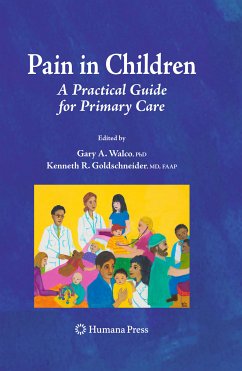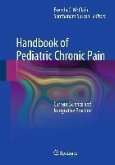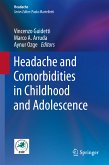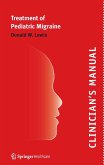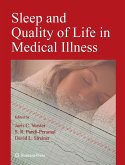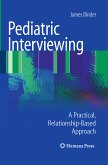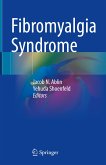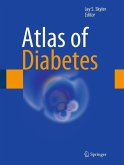This book covers these topics and is intended for anyone who provides medical care to children. Each chapter provides an overview of the problem, followed by a "hands on" description of relevant assessment and intervention strategies. The role of the primary care practitioner is highlighted, both as a front-line resource as well as a consumer of specialized pediatric pain treatment services. Each chapter ends with a summary and specific bullet points highlighting the most central elements, making for quick and easy reference.
Dieser Download kann aus rechtlichen Gründen nur mit Rechnungsadresse in A, B, BG, CY, CZ, D, DK, EW, E, FIN, F, GR, HR, H, IRL, I, LT, L, LR, M, NL, PL, P, R, S, SLO, SK ausgeliefert werden.
"The book is a comprehensive and practical guide to the diagnosis and management of acute and chronic pain conditions in children. ... Each chapter is well organized and ends with useful summaries of take-home points. ... Pain in Children does an excellent job of highlighting the enormous effect pain can have on the child and the family. It emphasizes the pivotal role pediatricians and other primary care clinicians play in identifying, diagnosing, and managing pediatric pain." (Cleo K. Hardin, Journal of the American Medical Association, Vol. 301 (2), January, 2009)

